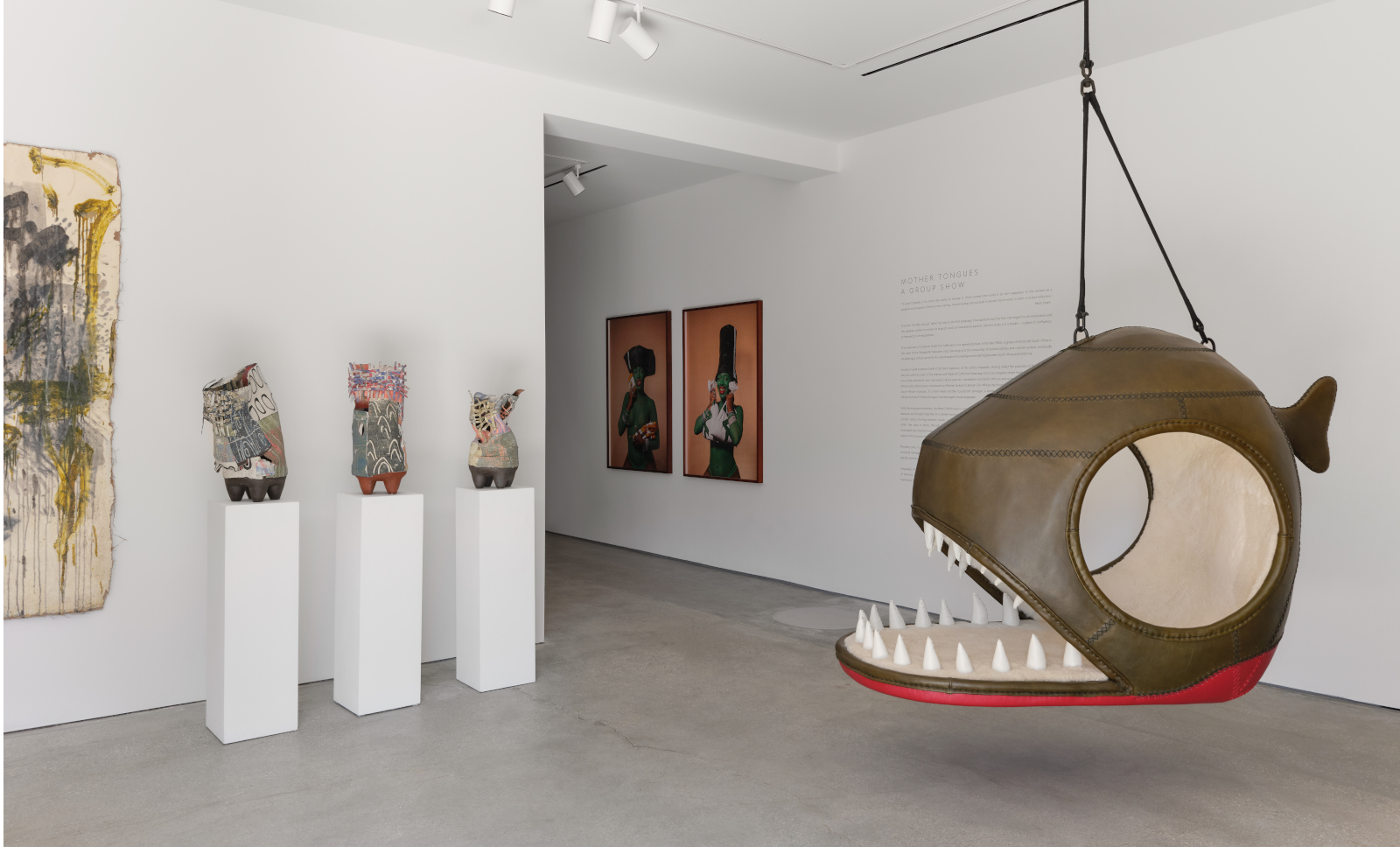
Southern Guild – the Cape Town gallery that has catalysed the African collectible design and art scene and showcased it at fairs across the world – has opened an outpost in Los Angeles this month, just in time for Frieze.
The gallery has taken up residence in a 5,000 sq ft former laundrette converted by Evan Raabe Architecture Studio as part of developers Zach Lasry and Creative Space’s new cluster of bluechip galleries and restaurants in the once faded neighbourhood of Melrose Hill. It joins David Zwirner, Morán Morán and Clearing in the revamped area, soon to be given extra vim by Color Club, a Giorgio’s-inspired nightclub designed by the Haas Brothers.
Southern Guild LA’s two inaugural exhibitions
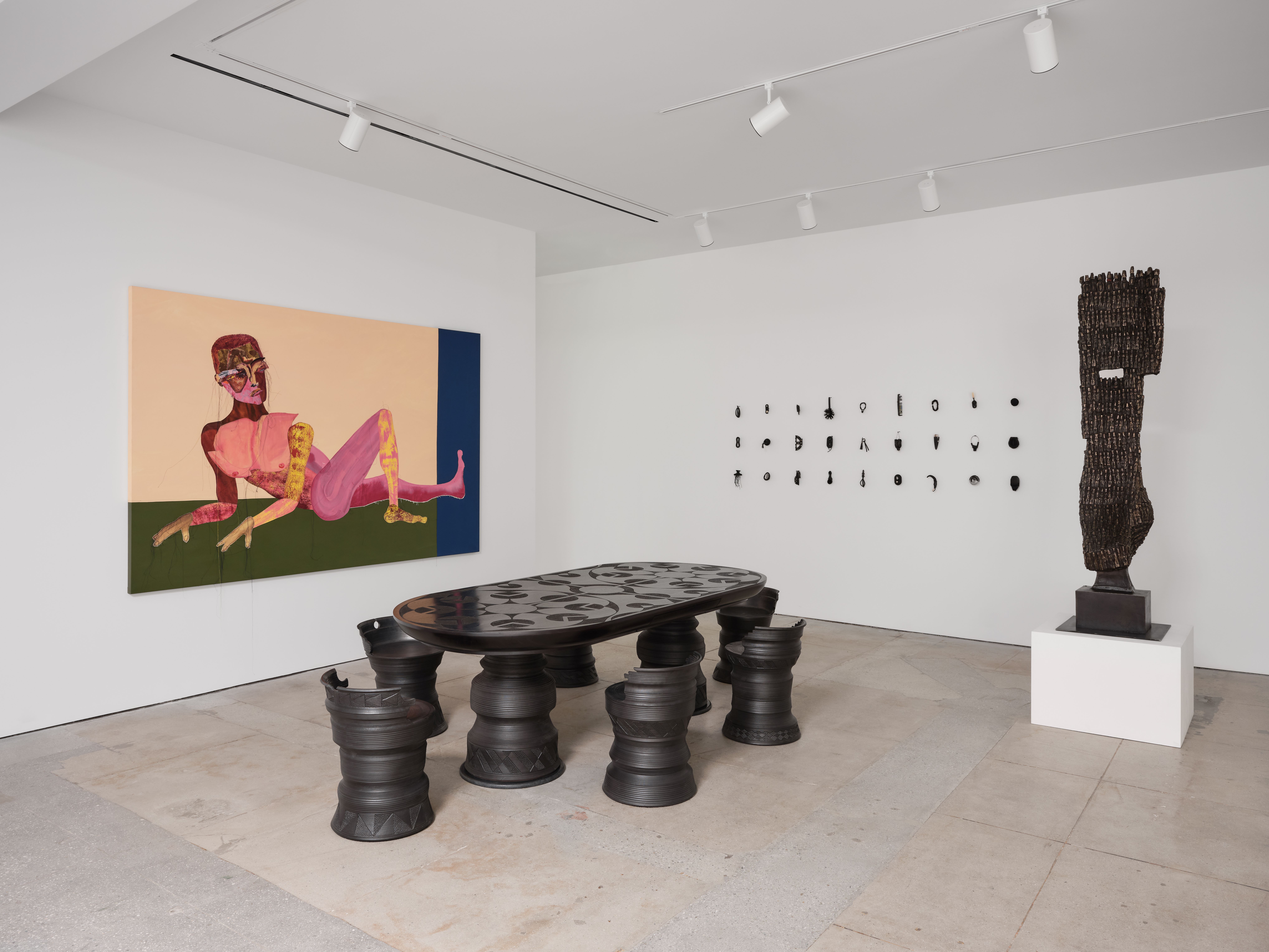
‘People advised us it was too far east, but we fell in love with the area immediately,’ says Trevyn McGowan, who co-founded the gallery with her husband Julian in 2008 to support the continent’s rich tradition of utilitarian and ritualistic art. ‘It’s a walkable creative community – a rarity for LA.’
A large neon sign that once read ‘Laundrywood’ now welcomes visitors to Southern Guild on Western Avenue. Evan Raabe Architecture Studio has transformed the existing 1920s building into a monolithic white box, which acts as a foil to the highly textured works within – hand carved, chiselled, woven and coiled by the likes of Andile Dyalvane, Zizipho Poswa, and Porky Hefer.
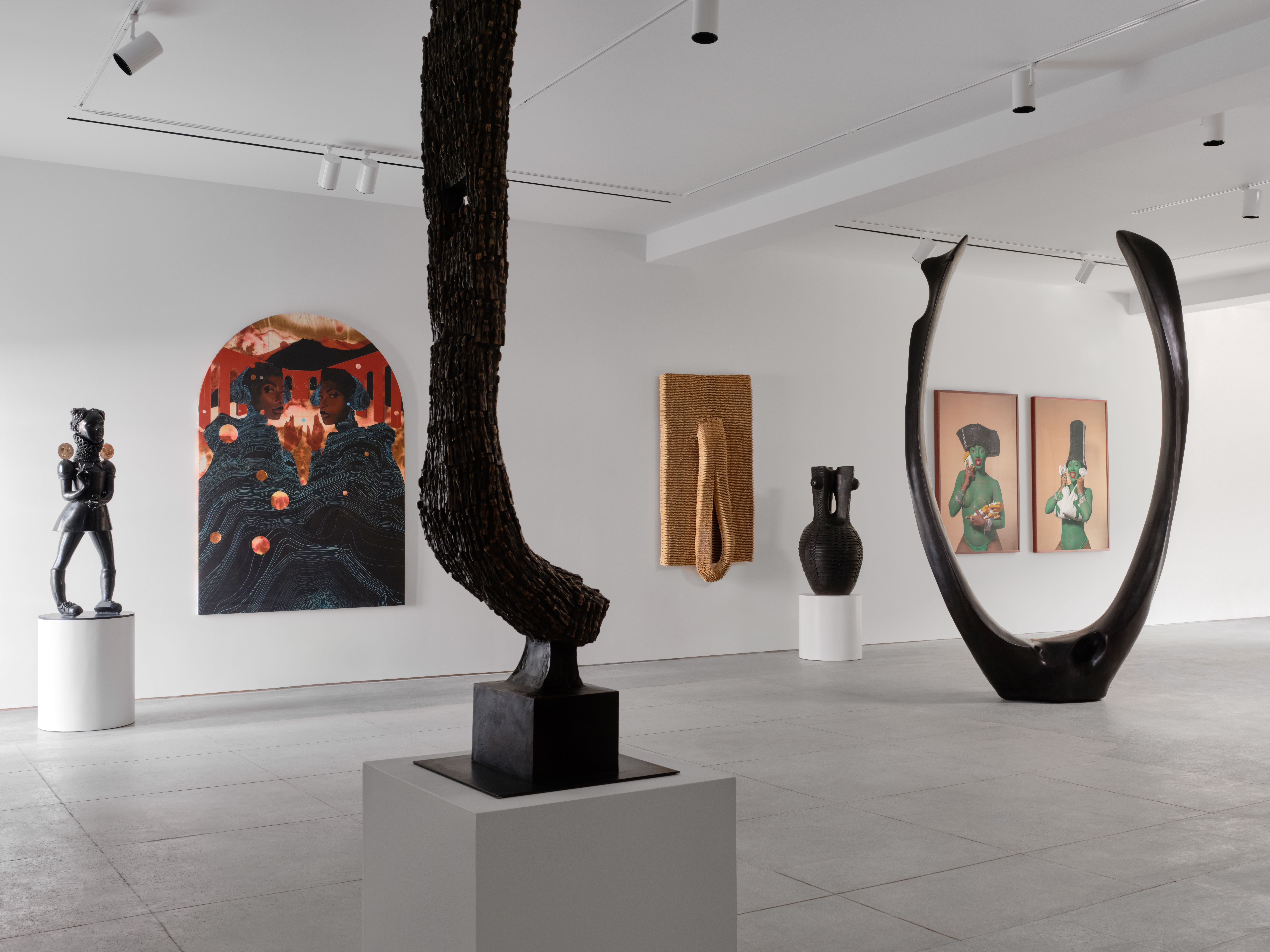
Southern Guild has a large collector base in the US, having exhibited at fairs in the country for over a decade. ‘It suddenly seemed the right time to be able to give our artists year-round exposure in the States,’ says McGowan. ‘When we started the platform in 2008, we didn’t realise there was a category called “collectible design” or that fairs like Design Miami existed, we just kept discovering incredible creatives doing extraordinary work with their hands. Southern Guild was a way to bring them together as a family.’ Many of the artists work within its campus of warehouses in Cape Town’s port, making use of the area’s bronze foundries and other production facilities close to the gallery itself, housed in the Silo District.
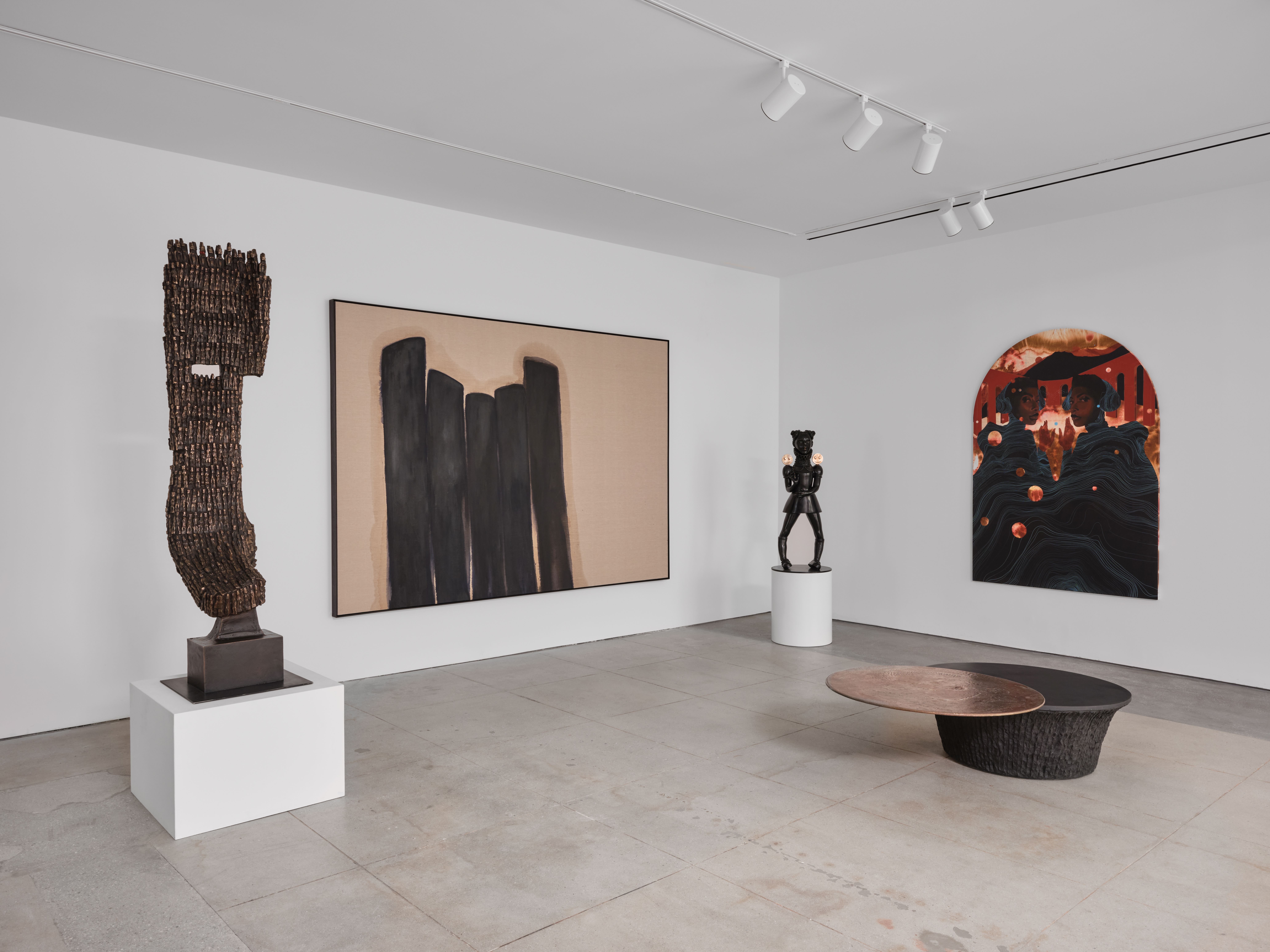
As Southern Guild has evolved, the binaries of design, art and craft have disintegrated further, and it now counts painters and self-described visual activist Zanele Muholi in its stable of artists (Muholi’s works is the subject of its next LA show in May 2024). What they share is an urge to explore their cultural heritage, spirituality, ancestral knowledge and identity in today’s world, or ‘the things that connect us as humans’, as McGowan puts it. ‘Every work has a strong narrative behind it.’
The two inaugural shows draw on these themes, bringing them to life in myriad ways. ‘Mother Tongues’ is a group show of 25 artists from the African continent that charts how language and pedagogy are channelled into diverse forms of expression, while ‘Indyebo yakwaNtu (Black Bounty)’ is a solo show by South African artist Zizipho Poswa, who has drawn on objects of beautification and ritual in a series of monumental sculptures.
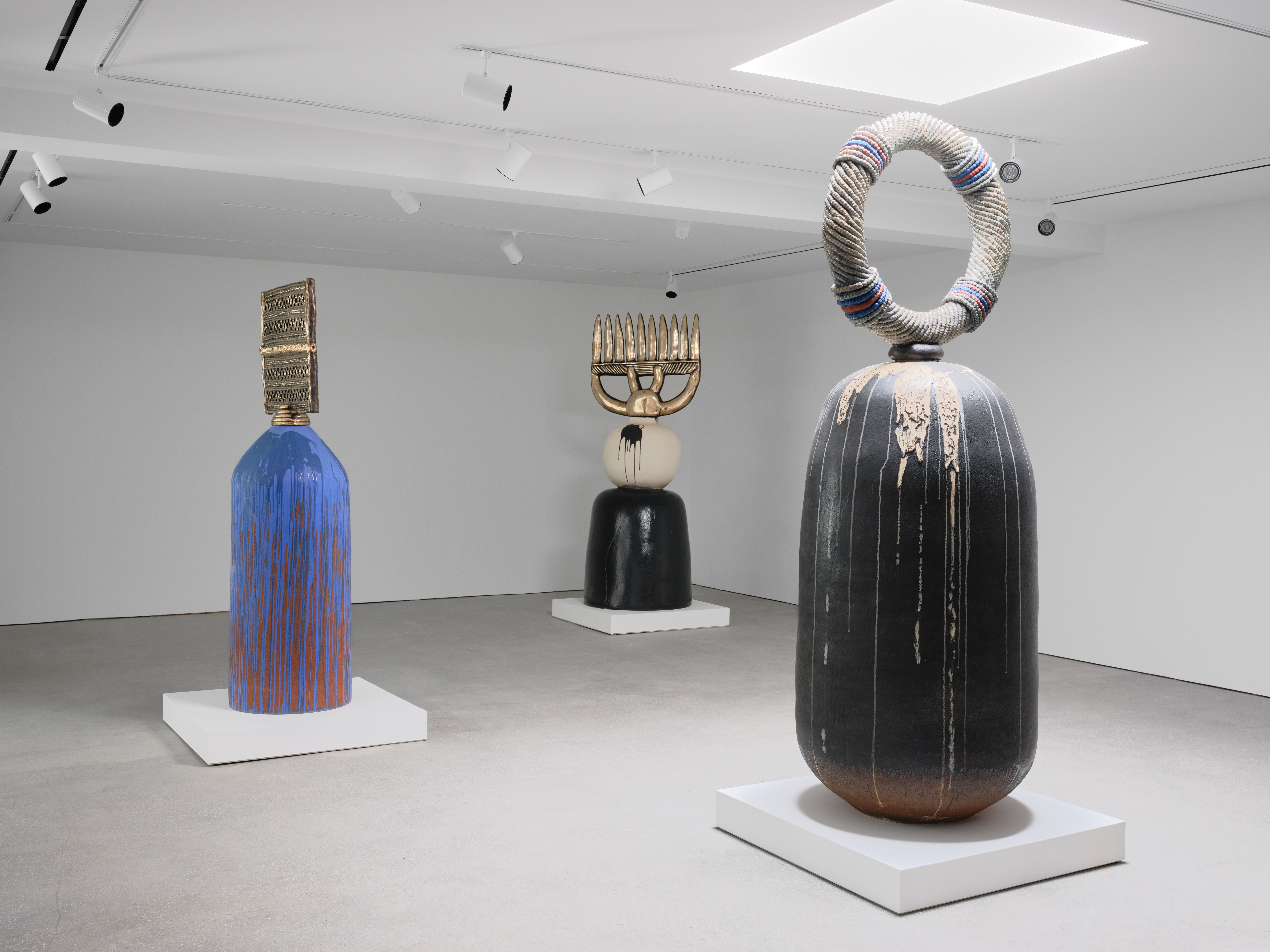
The term ‘mother tongue’ suggests borders and migration, which the Nigerian-Canadian artist Oluseye brings to life in his intricate assemblages of ‘diasporic debris’: the found objects and detritus he collects from his transatlantic travels. In his sculptures, they become talismans, recalling those carried by Africans on their forced or voluntary journeys across the ocean.
Like Oluseye, many of the artists in the show reject the boundaries between tradition and modernity, including ceramic artist Andile Dyalvane, whose scarified pottery references the rituals and spirituality of his Xhosa culture. And throughout the exhibition, codes and symbols – carved into clay vessels by Dyalvane and wooden tables by Chuma Maweni – add many layers for the visitor to interpret.
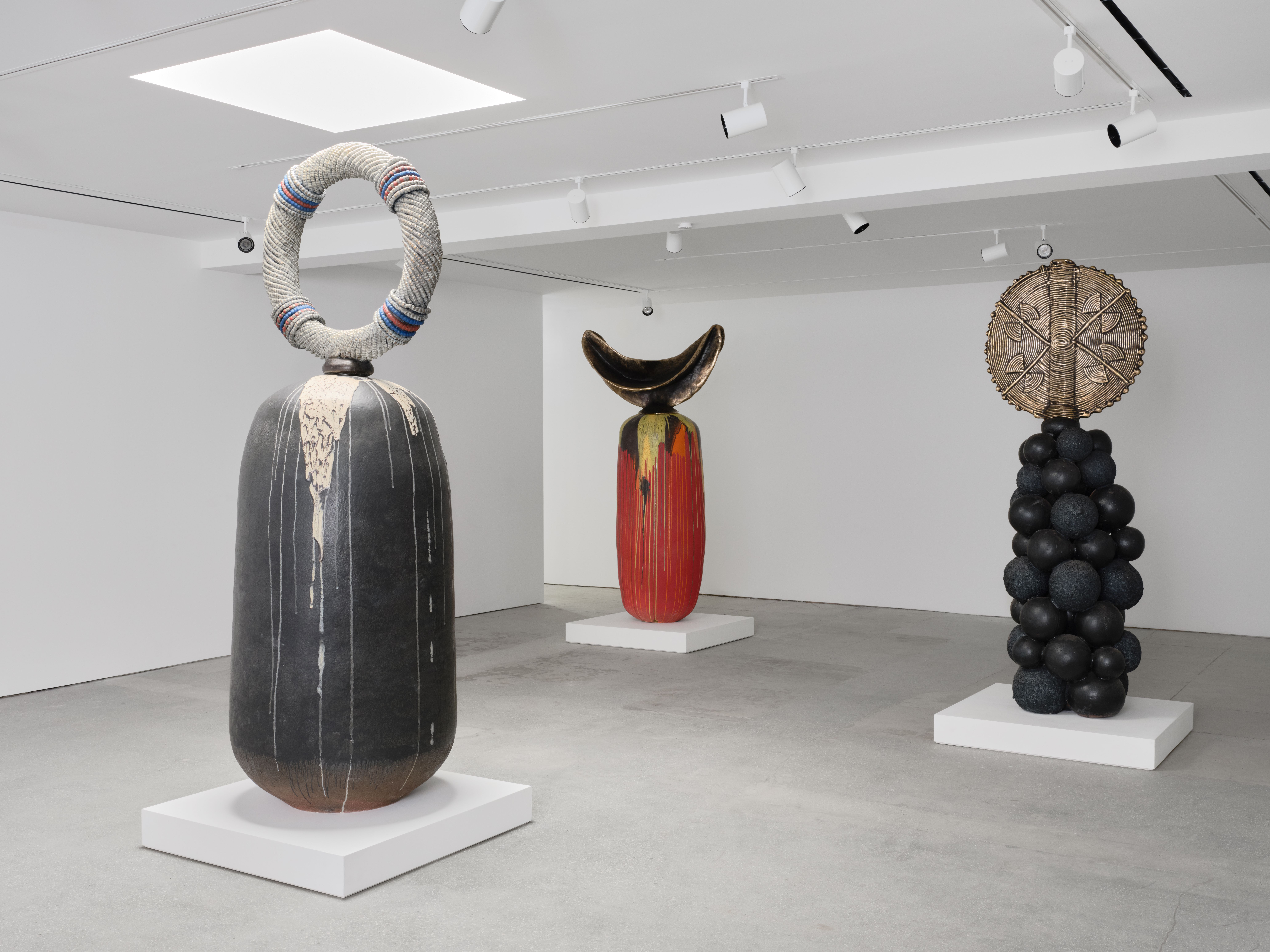
For Zizipho Poswa (whose studio we visited in 2019), objects of adornment are also a language, with jewellery, beadwork, and hair combs referring to cultural, economic and spiritual wealth. Upscaled and cast in bronze, these crown five towering ceramic sculptures, created in the vast kilns of the Center for Contemporary Ceramics (CCC) at California State University, Long Beach, where Poswa did a summer residency.
Extending over 8ft tall, her parade of sculptures traces the traditional healing customs, polytheistic practices and cosmological knowledge of her amaXhosa culture to its Kemetic heritage, as well as the influence of the Nubian kingdom – rich in gold, ivory and ebony – spread along the Nile from Egypt to Ethiopia.
Southern Guild’s arrival in Los Angeles follows a long history of artistic migration from South Africa to California, which extends back to the 1960s when a group of artists fled the country in the wake of the Sharpeville Massacre and the censorship of political parties and creative output. Los Angeles is also where Hugh Masekela, one of the country’s most famous cultural exports, established a home for Afro sounds as an imprint of Motown Records, and where Letta Mbulu laid a vocal track on Michael Jackson’s Liberian Girl. The gallery envisions its arrival as the start of ‘a new chapter of cultural exchange’.
'Mother Tongues' and ‘ndyebo yakwaNtu (Black Bounty)’ are on view until 27 April 2024
Southern Guild LA
747 N Western Ave
Los Angeles, CA 90029







